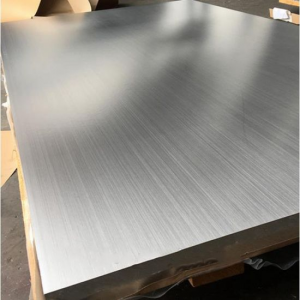Exploring the Satin Finish in Stainless Steel Railing Fittings
Stainless steel railing fittings have become synonymous with modern architectural design, offering functionality and aesthetic appeal. Among the myriad design choices available, the satin direction type stands out as a distinctive option that adds a unique touch to railing systems.
Understanding the Satin Finish
Unlike traditional polished or brushed finishes, the satin direction type entails a directional satin finish that creates a subtle yet visually striking appearance. This finish is achieved through a meticulous process of abrasion, typically using abrasive belts or pads that impart a uniform, linear pattern onto the metal surface.

Characteristics and Benefits
The satin direction type finish offers several key characteristics and benefits that make it a popular choice for railing fittings:
Elegant Aesthetic: The linear satin finish imparts a sophisticated and contemporary look to stainless steel railing fittings. The directional pattern adds depth and texture to the surface, enhancing visual interest and creating a luxurious appearance.
Concealed Wear and Tear: One of the notable advantages of the satin direction type finish is its ability to conceal minor scratches, scuffs, and fingerprints. The linear grain pattern helps mask imperfections, ensuring that the railing fittings maintain their pristine appearance over time, even in high-traffic areas.
Durability and Corrosion Resistance: As with all stainless steel finishes, the satin direction type is highly durable and resistant to corrosion, making it suitable for both indoor and outdoor applications.
The protective oxide layer inherent to stainless steel provides excellent resistance to rust, tarnishing, and environmental exposure, ensuring long-term performance and minimal maintenance requirements.
Versatility: Satin direction-type finish complements a wide range of architectural styles, from sleek and minimalist to industrial and contemporary. It seamlessly integrates with various design schemes, offering versatility and flexibility in design applications.

 +86 159 6420 9667
+86 159 6420 9667  sales@haxrailing.com
sales@haxrailing.com 



